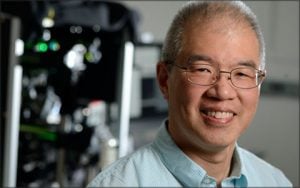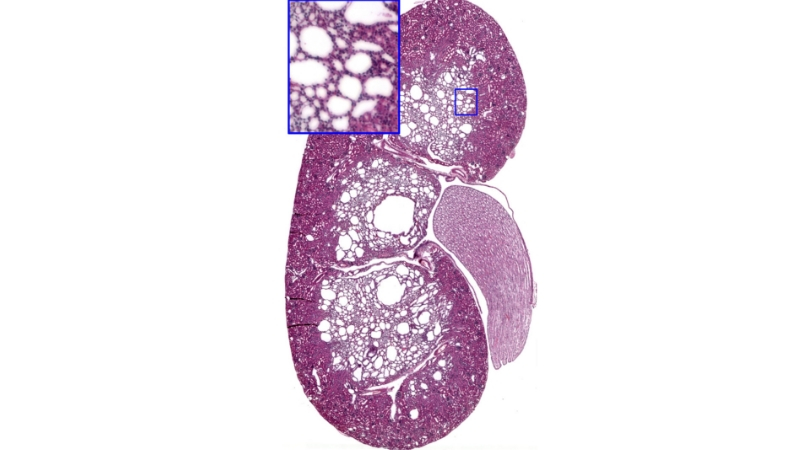Scot Kuo, Ph.D. makes the super small visible. He tracks how cells—often smaller than the width of a human hair—move and interact with other cells. He uses high-resolution microscopes to zoom in on individual parts and proteins within cells, down to the molecular level. Kuo’s pioneering work to improve the field of microscopy has helped hundreds of scientists at Johns Hopkins look far more closely at cells and the structures within them.
Now, Kuo is one of 17 scientists in the U.S.—engineers, physicists, mathematicians, computer scientists and biologists—who will share in $17 million from the Chan Zuckerberg Initiative (CZI), the foundation launched by Facebook founder and CEO Mark Zuckerberg and his wife, pediatrician Priscilla Chan.
Kuo, associate professor of biomedical engineering and cell biology at the Johns Hopkins University School of Medicine, will receive $1.2 million over the next five years. He is also director of the School of Medicine’s Microscope Facility and director of imaging at the Institute for Basic Biomedical Sciences.The Microscope Facility is outfitted with 21 high-powered microscopes that vary in their ability to see fine detail and the speed of images captured. Most of the microscopes in the facility work like the Google Earth of biology, where scientists can zoom in and out of cells and other biological samples.


